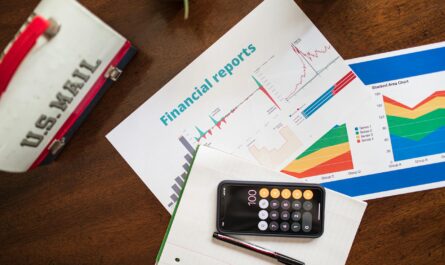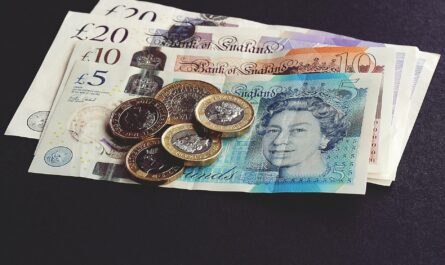Cutting unnecessary expenses can feel daunting, but it’s a rewarding journey towards financial freedom and stability. This post provides actionable steps to identify and eliminate those hidden costs, empowering you to take control of your finances.
Tracking Your Spending: The First Step
Before you can cut expenses, you need to know where your money is going. For a month, meticulously track every purchase, big or small. Use budgeting apps, spreadsheets, or even a simple notebook. This detailed overview will illuminate spending patterns and reveal areas ripe for reduction. You might be surprised by what you discover! 
Subscription Services: The Silent Drain
Subscription services are notorious for quietly draining your bank account. From streaming platforms to gym memberships and software subscriptions, take stock of what you actually use. Cancel any unused or underutilized services. Consider family plans or negotiating lower rates. Learn more about evaluating your subscription needs.
Eating Out & Impulse Buys: Curbing the Cravings
Eating out and impulse purchases are significant expense contributors. Packing your lunch instead of buying it daily will save considerable money over time. Similarly, adopting mindful shopping habits — creating shopping lists and sticking to them — will prevent impulsive buys. Check out these tips for meal prepping! 
Reducing Utility Bills: Simple Savings
Utility bills often creep up unnoticed. Simple changes can significantly lower these costs. Adjust your thermostat, switch to energy-efficient light bulbs, and unplug electronics when not in use. Look into comparing energy providers to see if you can get better rates. Consider installing a smart thermostat for optimized energy use. Explore further ways to conserve energy.
Transportation Costs: Smarter Commuting
Transportation costs, whether it’s car payments, gas, or public transport, can be substantial. Explore alternatives like carpooling, biking, or using public transportation to reduce these costs. Regular car maintenance can also increase fuel efficiency and prevent costly repairs down the line. [IMAGE_3_HERE] Find the best fuel efficiency tips here.
Conclusion
Cutting unnecessary expenses isn’t about deprivation; it’s about making conscious choices to align your spending with your financial goals. By implementing these strategies and remaining mindful of your spending habits, you can achieve significant savings and build a healthier financial future. Start planning your budget today!
Frequently Asked Questions
What’s the best way to track my spending? There are many methods, from budgeting apps like Mint or YNAB to spreadsheets or even a simple notebook. The key is consistency.
How can I avoid impulse purchases? Create shopping lists, leave your credit cards at home, and wait 24 hours before making big purchases. Here are some helpful tips.
Are there any resources to help with budgeting? Yes, many online resources and financial advisors can help. The Consumer Financial Protection Bureau website is a great place to start.
What if I’m struggling with debt? Contact a credit counselor or financial advisor. They can help you create a debt management plan.



